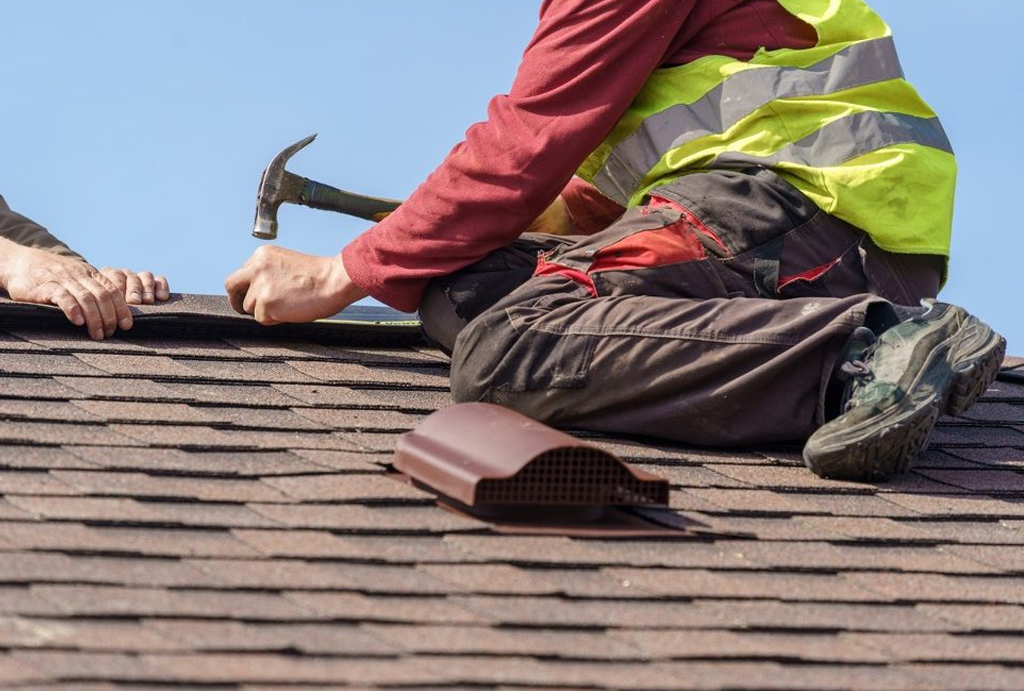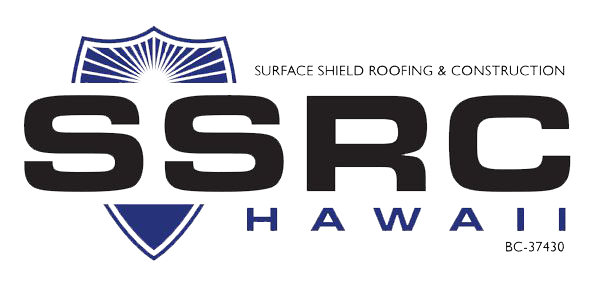Comprehending the Different Kinds Of Roofing Systems: A Comprehensive Guide for Homeowners
In the world of homeownership, picking the ideal roof style is a choice that brings significant ramifications for both functionality and aesthetic allure. With a range of choices-- varying from the traditional gable to the contemporary flat-- each type offers special advantages and difficulties that need to align with the house owner's specific needs and environmental considerations. Comprehending these differences not just aids in making an informed choice yet additionally influences long-term upkeep and power performance. As we explore the intricacies of various roof kinds, it becomes noticeable that size does not fit all; the appropriate selection might amaze you.
Gable Roofing Systems
Saddleback roofs, identified by their triangular shape, are amongst one of the most popular roofing styles due to their simplicity and performance in shedding water and snow. This layout includes 2 sloping sides that fulfill at a ridge, permitting for effective drainage and reducing the risk of water buildup. The steep pitch generally connected with saddleback roofs improves their capability to take care of heavy rainfall, making them ideal for numerous climates.
Along with their practical benefits, saddleback roofs offer visual versatility. They can be adjusted to different building styles, from standard to modern homes. The design can likewise fit added features such as dormer windows, which enhance all-natural light and ventilation in the attic room room.
Furthermore, gable roofing systems give ample area for insulation, adding to power performance. Homeowners can select from a range of roof covering products, consisting of asphalt tiles, steel, and tiles, additionally boosting personalization choices.
Despite their advantages, saddleback roofs might call for extra assistance in areas vulnerable to high winds or heavy snowfall. Overall, the gable roof covering remains a favored option because of its blend of functionality, toughness, and aesthetic allure.
Apartment Roofs
Flat roofings are typically recognized for their minimalist layout and sensible applications, specifically in industrial and commercial settings (oahu roofing). These roof coverings include a horizontal or virtually horizontal surface area, which enables simple building and versatile room use. While they may do not have the aesthetic appeal of pitched roofs, flat roofing systems offer countless benefits, especially in metropolitan settings where taking full advantage of space is crucial
Among the primary advantages of flat roofs is their access. House owners can use the roofing space for different purposes, such as roof yards, balconies, or photovoltaic panel setups. In addition, level roofings are commonly extra economical to install and keep contrasted to their sloped counterparts, as they require less products and labor.
Nevertheless, flat roofs do existing specific challenges. Appropriate water drainage is important to protect against water merging, which can bring about leakages and architectural damages. Thus, picking top notch waterproofing materials and routine inspections are important for ensuring longevity. Typical products used for flat roofings consist of built-up roofing (BUR), modified bitumen, and single-ply membranes, each offering unique advantages. Overall, level roofing systems function as a adaptable and functional choice for several house owners and organizations alike.
Hip Roof Coverings
Hip roof coverings are characterized by their sloped sides that assemble at the top, developing a ridge. This style stands out from gable roofings, as all 4 sides of a hip roof covering incline downwards toward the walls, providing a more steady structure. The angle of the slopes can differ, permitting flexibility in building appearances and capability.
Among the primary benefits of hip roofing systems is their ability to endure hefty winds and damaging weather. The sloped surfaces enable far better water drainage, reducing the threat of leaks and water damages. In addition, hip roofings offer raised attic room space, which can be used for storage and even converted into livable locations.
Nevertheless, constructing a hip roofing can be much more complex and pricey than less complex roofing types, such as saddleback roofs. The extra material and labor associated with producing the see slopes and making sure proper architectural integrity can bring about greater expenses. In spite of these downsides, numerous home owners prefer hip roofings for their resilience, visual allure, and capacity for power effectiveness.
Mansard Roofs
Mansard roofing systems, typically recognized by their distinct four-sided layout, feature two inclines on each side, with the reduced slope being steeper than the top. This architectural design, stemming from France in the 17th century, is not just aesthetically attractive yet useful, as it makes best use of the usable area in the upper floorings of a structure. The high reduced incline allows for even more headroom, making it an optimal selection for attic rooms or loft spaces, which click to read more can be converted into living spaces.
Mansard roofing systems are defined by their adaptability, accommodating various architectural styles, from traditional to contemporary. They can be created with different materials, including asphalt shingles, slate, or steel, supplying homeowners with a range of options to suit their preferences and spending plans. In addition, the layout enables the assimilation of dormer windows, improving natural light and ventilation in the upper degrees.
Nonetheless, it is vital to consider the potential downsides. Mansard roof coverings might require more upkeep as a result of the intricacy of their style, and their steep slopes can be challenging for snow and rain overflow. Generally, mansard roofs integrate sophistication with functionality, making them a popular selection amongst homeowners looking for unique architectural attributes.
Dropped Roof Coverings
As home owners significantly seek simpleness and performance in their building styles, shed roofs have actually become a preferred choice. Identified by a solitary sloping plane, a shed roof covering provides a minimal visual that complements numerous home styles, from modern to rustic.
One of the main advantages of a shed roofing is its uncomplicated construction, which often equates to decrease labor and material expenses. This style enables effective water drain, reducing the danger of leakages and water damages. Additionally, the upright slope offers ample room for skylights, improving all-natural light within the inside.
Shed roofing systems additionally offer adaptability in regards to use. They can be effectively integrated into enhancements, garages, or outside frameworks like structures and sheds. Additionally, this roof covering style can fit numerous roof covering products, consisting of steel, asphalt shingles, or even eco-friendly roofings, lining up with eco-friendly pop over to this site campaigns.
However, it is vital to take into consideration local climate conditions, as hefty snow loads may demand changes to the roof's angle or framework. Generally, lost roof coverings offer a functional and visually pleasing choice for property owners seeking to make best use of capability without jeopardizing style.
Conclusion


Gable roof coverings, identified by their triangular form, are among the most popular roofing designs due to their simpleness and efficiency in shedding water and snow. oahu roofing. The steep pitch generally associated with gable roofing systems boosts their ability to deal with heavy rainfall, making them ideal for numerous climates
While they may lack the visual charm of pitched roofs, flat roofing systems use countless benefits, specifically in urban settings where taking full advantage of room is essential.

Comments on “Roofers Oahu: Knowledgeable Professionals for Roof Installations and Fixes”